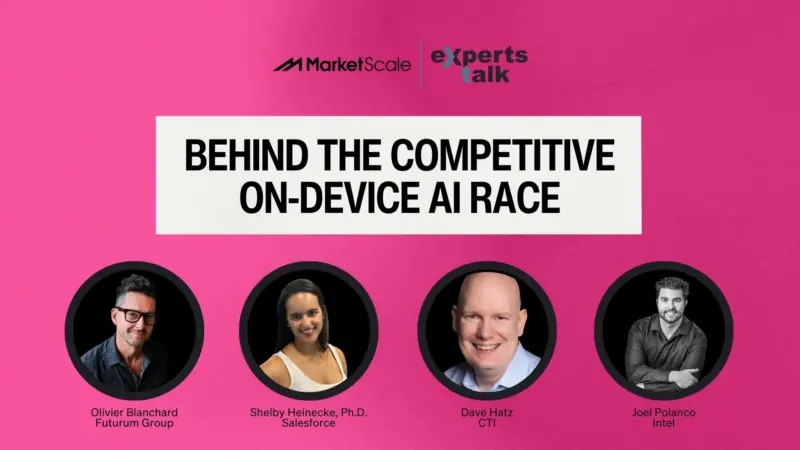The Future of Data Management According to the Father of Edge Computing
The increasingly endless pool of data that businesses generate is becoming increasingly difficult to sort and analyze. Businesses are inundated with data that compounds daily as IoT and AI technology continues to evolve. And unless a business is properly set up to collect, store, and analyze the data they collect, the data itself becomes virtually useless.
Edge Computing versus the Cloud
The solution – edge computing. “Edge computing is predicted to reach a market size of $40B by 2027 with a compound annual growth rate of over 30%. Today, every major IT company and telecommunications company has embraced edge computing. It’s important to understand that cloud computing is also growing, so this is not a zero-sum solution. The growth of edge computing does not come at the cost of cloud computing. Both will grow well into the future,” explained Mahadev Satyanarayanan (Satya).
Satya is often referred to as one of the fathers of edge computing. His long list of accolades includes being a Deloitte Cloud Institute Fellow and Carnegie Group University Professor of Computer Science at Carnegie Mellon University. When it comes to the future of data management and evolving technology, Satya is one expert that provides insightful guidance on emerging trends and what they mean to the world at large.
Introducing Edge Native Applications
Applications are being created and designed to work specifically with the properties of edge computing. These applications utilize multiple layers of computing which is a confusing subject for many people. Satya explained edge computing to reduce confusion about what the term means. “It’s useful to think in terms of tiers of computing. Tier one is the cloud. Tier three is mobile and IoT devices… Tier two refers to a small cloud with excellent network proximity to tier three, and we refer to such a small cloud as a cloudlet.”
Edge native applications require the use of both tier two and three to operate successfully, especially applications that are compute-intensive, bandwidth-hungry, and latency-sensitive. However, it should be noted that tier one computing is often required for successful operations. Satya predicts that “this class of applications [will] grow and enrich the space of edge computing in the future.”
Platform9 notes that the global coronavirus epidemic has accelerated the need for edge computing due to the massive increase in remote work environments, telemedicine, and distance learning to name a few. And while most data will stay local, the need for scalable, easily programmable, responsive infrastructure at the edge will increase.
Cloudlets Critical to Successful Data Management
Although data is captured with tier three computing devices, the ability of these devices to process data in real-time is limited at best. “In today’s hyperconnected world, companies need a way to scale and analyze data faster, cheaper and better. The only way to do that is to move out of the cloud and on to the edge of the network and internet, where most of the future data will be generated (Crunchbase).”
Satya noted that “the ability to offload computation to cloudlets is crucial to success, and the role of the cloud is to provide the virtually unlimited computing resources that can be used for tasks that do not have stringent bandwidth or latency constraints on them.”
This is further supported by industry predictions estimating that 75% of all data will be processed at the edge by 2022. Furthermore, it is also estimated that by 2025 nearly one-third of all the workloads in the world will run at the edge. (Crunchbase)







